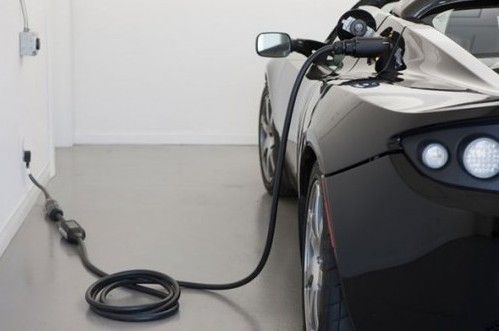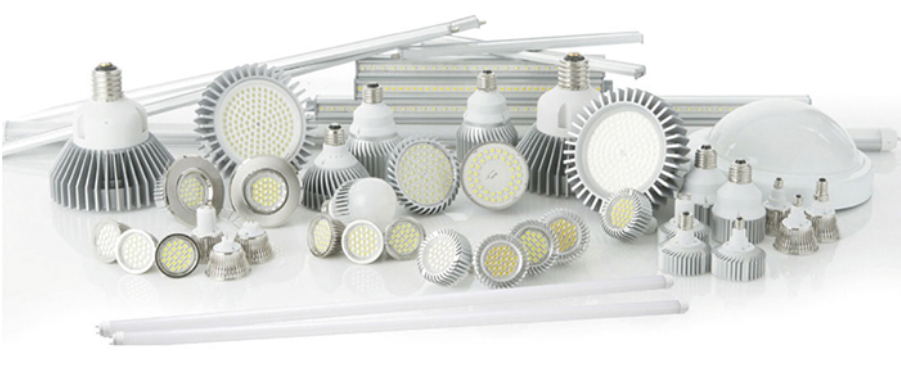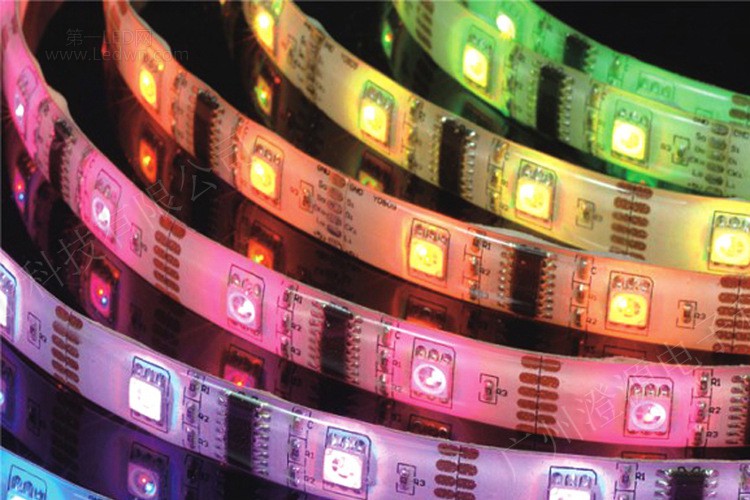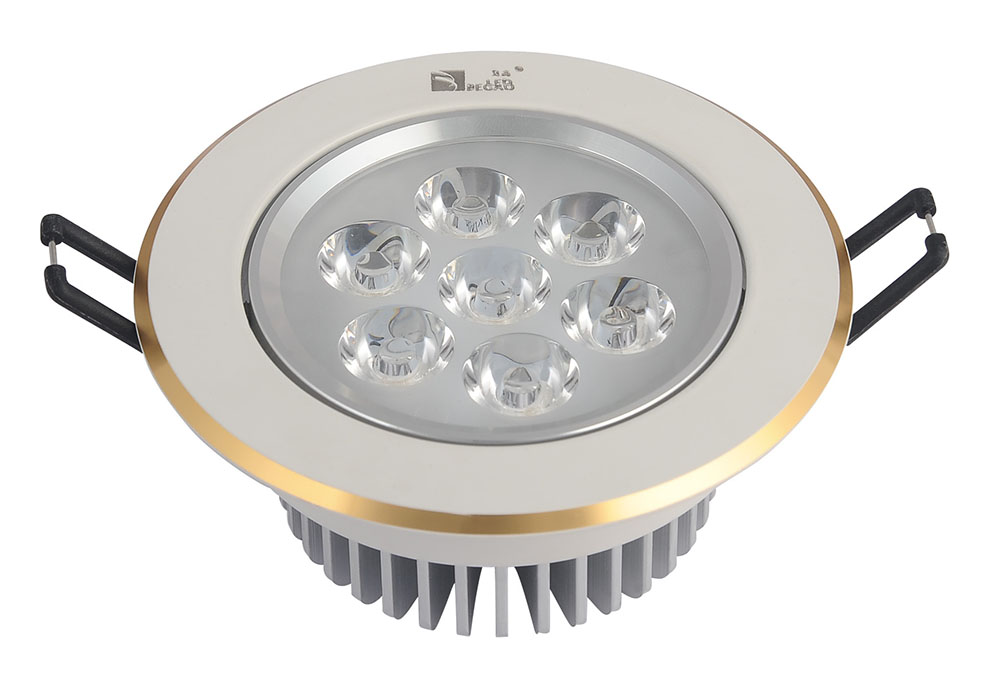The following is the main content of the article: Earlier in the last century, the first generation of electric vehicles came out, but because the battery energy can not be comparable to the fuel tank, resulting in large-scale death of electric vehicles. Ten years ago, the second generation of electric vehicles led by automobile manufacturer Tesla appeared on a large scale. Even though the battery has improved significantly earlier, it still continues to hinder the development of electric vehicles. At the same time, the fuel economy of vehicles has also been significantly improved, which further exacerbates the difficulty of competition between electric vehicles and fuel vehicles. Although the third generation of electric vehicles will receive many improvements, the most important improvement is the energy issue that urgently needs to be solved. However, there are many technologies on the market that can eventually help electric vehicles kick fuel-powered vehicles out of the game. Inductive charging Whether it is a smartphone or an electric car, through inductive charging technology, the device can be charged without being physically connected to the power source. Interestingly, although Tesla launched the electric car in 2003, and it is ahead of its competitors in all aspects, Nissan and Infiniti are the first car manufacturers to provide this charging function. You know, car induction charging technology was first known by Tesla Roadster, but it did not seem to attract Tesla ’s interest. Qualcomm also has its own inductive charging technology, called Halo, which can be used in parking lots and interstate highways. This technology requires the car to maintain a close distance, but does not require contact. This technology can be said to be a big improvement over the car plug-in charging. Part of the improvement is that the device can be completely buried, greatly reducing the possibility of being damaged or damaged by the "two knife" driver. In most cases, all you have to do is park your car, any energy consumed by your car is free, and you will receive a list of energy consumption at the end of the month. Qualcomm is now promoting this technology. Unless the technology is installed on the road, it cannot solve the battery life problem, but it can reduce the occurrence of related problems and make charging more transparent and reliable. However, inconsistent technical standards can also cause problems. The entire electric vehicle industry has long been troubled. Non-uniform standards mean that you must find a parking lot where your car can be charged, and road charging solutions will not be feasible. . This may be the reason to restrain Tesla's progress. Lithium air battery IBM and other companies are developing a promising technology: lithium-air batteries, which can handle the energy density of a fuel tank. In the past few years, metallurgy has made significant progress, enabling batteries based on lithium-air technology to be realized within 10 years. If the battery has the same energy capacity as the fuel tank and the same size, it can be used to replace the Tesla S giant battery pack. You may drive this car and then quadruple the mileage. When driving to 1,000 miles, you don't need to worry too much about the charging plug. More likely, engineers may use a smaller battery to make electric cars lighter and cheaper. Coupled with the fact that charging plugs are more common, this may almost become a rule-breaker in the electric vehicle industry, showing higher energy efficiency than gasoline. Supercapacitors (Supercapacitors and ultracapacitors) Supercapacitors are an alternative to batteries, and in fact they have been used in commercial vehicles. Capacitors are solid. They have an almost infinite life cycle, can be charged and discharged thousands of times, faster than lithium-ion batteries, and will not cause damage. In a way, capacitors and ordinary batteries are like flash memory and hard disks. At first, flash memory performs better, but it is more expensive than hard disks. Even the iPod initially had a hard drive. However, with the decline in flash memory prices, its market share is getting higher and higher, and now hard disks are being eliminated by the market. Unfortunately, capacitors are still in the early stages of transition. Now, capacitors are very expensive, they will fail to charge after a while, and their energy density is lower than that of batteries. From these, capacitors may not solve the energy problems of electric vehicles in the near future, but like flash memory, their prices are expected to fall sharply, energy density will increase, and self-discharge rate will also improve. However, capacitors have been adopted in hybrid power plants. Users can quickly charge the capacitors within minutes, and then the capacitors will automatically charge the battery while the user is driving. Where is the next Tesla? Here I am not referring to the company Tesla, but to the person Tesla, who died very early, and it may be a mysterious death ray that killed him, and he had studied radio energy before his death. Intel and other companies have been working hard to enter this field, but it still has a long way to go to run on personal electronic devices. If you want the technology to be used in cars, you may have to wait for the number. ten years. However, once the technology is successfully developed, it will be able to solve the battery problem of electric vehicles forever. At that time, we will live in an electrical world, and we will also encounter some health problems that need to be solved: although the idea of ​​glowing in the dark is very Cool, but we need to avoid the "death ray" part. In any case, I think that broadcast energy will herald the final arrival of the eternal age of electric vehicles.
We are a professional LED PCB manufacturer and assembler in China, In this article, we would like to introduce in detail what is LED PCB, the materials used in manufacturing and LED circuit boards manufacturing, the application of LED Printed Circuit Boards and so on.
In China, there are many PCB manufacturers and suppliers. Jinghongyi PCB is one of the LED PCB Board manufacturers. We only provide LED PCB fabrication services. LED PCB design is not our specialty and business scope.
LED PCB has many other names, such as LED PCB board, LED circuit, LED Circuit Board, led printed circuit boards, PCB board for LED.
In a sense, LED PCB and aluminum PCB belong to the same kind of PCB products, because their uses and materials are mostly the same.
With the popularization and widespread use of industrial lighting and civil lighting, whether outdoor or indoor, family or commercial buildings and factories, lighting provides the guarantee of its normal operation.
Of course, nowadays, with the development of human society, environmental pollution has become a difficult problem in the world. In order to reduce the consumption of coal, such as coal used for power generation in thermal power plants, coal combustion pollutes the atmosphere very seriously. In order to save energy and protect the environment, LED lights and previous lighting methods have great advantages, except for energy. Besides providing brighter lights, it also contributes to environmental protection.
LED circuit board is a kind of printed circuit board.
Both LED aluminium PCB and FR-4 fiberglass circuit board belong to PCB. To say differently, only compare LED aluminium substrate with FR-4 fiberglass circuit board.
LED aluminium substrate is printed on the surface of aluminium material with better thermal conductivity, and then weld electronic components on it.
The voltage drop across an LED is approximately constant over a wide range of operating current; therefore, a small increase in applied voltage greatly increases the current.
Very simple circuits are used for low-power indicator LEDs. More complex, current source circuits are required when driving high-power LEDs for illumination to achieve correct current regulation.
LED PCB Board Material - LED PCB raw material, LED bulb PCB raw material, LED strip PCB material
Metal core PCBs are often chosen for LED applications because they have enhanced heat dissipation capabilities. In particular, aluminium is usually used to make circuit boards for LED lamps. Aluminum substrates usually consist of thin layers of thermal conductive dielectrics that can be transported and have much more efficient heat dissipation than conventional rigid PCBs.
Compared with other electronic components, LED generates more heat, which requires PCB to heat very well. For this special feature, Metal Core PCB is often used in LED circuit boards, especially Aluminum Core PCB .
The following is the heat dissipation capacity of PCB plates of different materials, from weak to strong
Seeking LED PCB and Assembly? LED PCB Manufacturing and assembly; Led board made based on your PCB files. Turn-key services; 100% inspection.
PCB LED lights can be incorporated into numerous lighting applications due to their combination of excellent energy efficiency, low cost and maximum design flexibility.
If you have any questions about LED PCB Board, Please feel free to send us email. If you have final Gerber for production, welcome your inquiry.
Additional Information LED PCB LED PCB,LED Circuit Board,LED PCB Board,LED Printed Circuit Board JingHongYi PCB (HK) Co., Limited , https://www.pcbjhy.com
The most comprehensive introduction of LED PCB
The relationship between LED and PCB
The Printed Circuit Board is a genius innovation of circuit technology, laying less space and materials for more complex and large-scale circuits. The printed circuit board is such an important invention in circuit technology because it makes electrical and electronic components smaller, more flexible and more precise. For example, FPC( Flexible PCB ), Multilayer PCB , BGA PCB , rigid- Flex PCB and so on.

Soldering the LED chip to the PCB Board , as long as the PCB circuit is connected in some way, it will illuminate, which forms the LED PCB. LED PCBs typically also have a heat sink and ceramic pedestal to hold the circuit in place and allow the smooth operation of the circuit. A heat sink is required because LEDs tend to generate a lot of heat, which can damage the PCB and the equipment that connects the circuits.
Because LED will produce a lot of heat, led PCB generally uses metal substrate as its production material. Metals with the ability to dissipate heat quickly have proved to be a better choice. Generally, whenever led PCB is designed, Aluminum PCB is preferred. Aluminum PCB usually also contains a thin layer of dielectric, which can dissipate heat faster.
In addition to general lighting, led PCB can also provide visible light, infrared and ultraviolet light. Compared with other light sources, LED PCB can provide higher energy.
LED PCB board Introduction
LED PCB Meaning

LED PCB Board manufactureing
In electronics, an LED circuit or LED driver is an electrical circuit used to power a light-emitting diode (LED). The circuit must provide sufficient current to light the LED at the required brightness, but must limit the current to prevent damaging the LED.

An LED PCB board tends to generate a high volume of heat, making it difficult to cool via traditional means.
1. FR4, common PCB board material;
2. Alumina substrate;
3. There is no doubt that the thermal conductivity of ceramic PCB is the best among many materials;
4. The thermal conductivity of alumina ceramic circuit board can be about ten times that of the aluminum substrate;
5. The thermal conductivity of Slyton aluminum nitride ceramic circuit board is ten times higher than that of alumina;
In this kind of ultra-high thermal conductivity, LED light attenuation will be greatly weakened, and its service life will be greatly increased.
LED Lighting PCB Assembly

Applications of LED PCB

Aluminum PCB for LED Light/Lamp/Tube
Aluminum PCB for LED
Aluminium Base LED PCB
LED Metal Core PCB
Metal Core PCB for LED
PCB industry cut into LED PCB heat sink aluminum substrate
Double Sided Aluminum PCB
Rob Enderle, president and chief analyst of emerging technology consulting company Enderle, recently published a signed article on DigitalTrends, an American technology information website, saying that since the emergence of electric vehicles since the end of the last century, battery capacity has been the main problem that has troubled its development. Many technologies in the market will help them find solutions and further development.
LED is an abbreviation for light-emitting diode. An LED is essentially a two-lead semiconductor device that emits light when current passes in a certain direction. Although LEDs start with devices that only emit low-intensity infrared light, this technology has been widely used in lighting for many years. Modern LEDs not only provide high intensity, very bright light but also different uses and use in different scenes, such as plant growth lights, car lights, street lights, traffic lights, shadowless lights in hospital operating rooms.